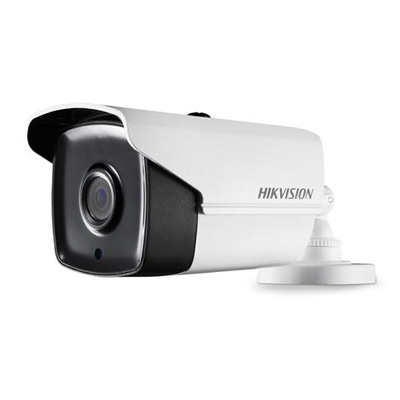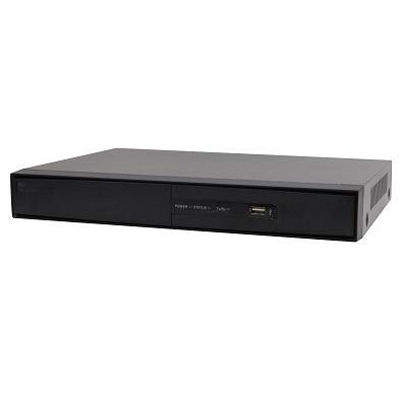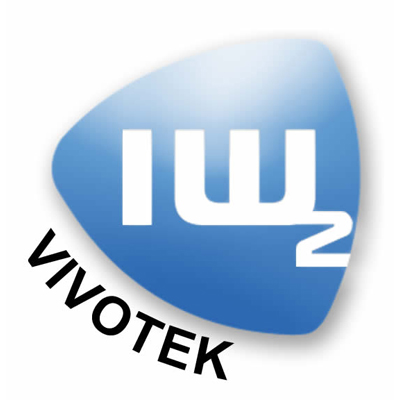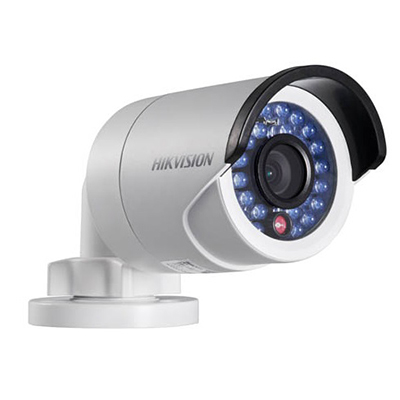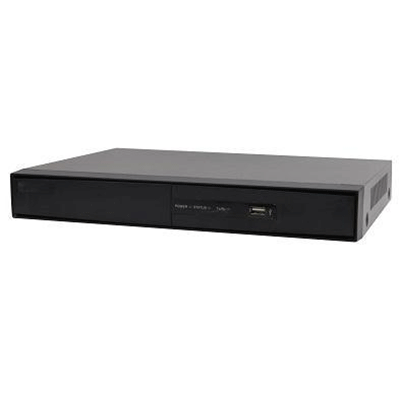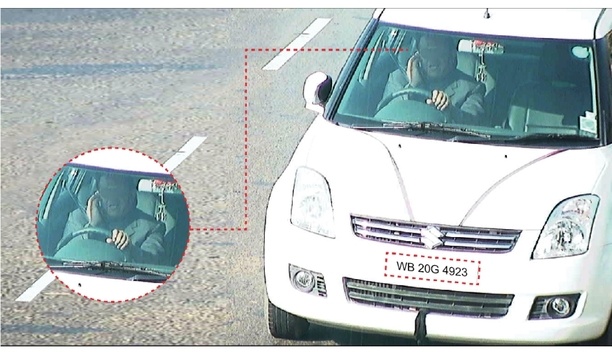A landmark range of inexpensive, high-performance 2MP cameras has been launched by IDIS, for applications that demand zero-compromise surveillance quality within a tighter budget.
The new value range includes both full HD dome and bullet cameras and still comes with many of the high-end features found in IDIS’s best selling products - including analytics, superior night time image capture, protection against image data loss as well as dual codec combined with IDIS Intelligent Codec to deliver significant bandwidth and storage savings.
Varied lighting conditions
The cameras deliver superior picture quality even at night, with IR image capture, and True Wide Dynamic Range (WDR) in varied lighting conditions
Premium features built into the new range include IDIS Smart Failover as well as video motion detection, active tampering alarm and trip zone analytics which are not normally found at this price point. The cameras deliver superior picture quality even at night, with IR image capture, and True Wide Dynamic Range (WDR) in varied lighting conditions.
Users also benefit from significant savings in storage, with IDIS Intelligent Codec dual H.264/H.265 technology delivering up to 90% reduction in bandwidth demand without any need to upgrade existing monitors and hardware. And for integrators, the cameras have been developed with ease-of-installation as a priority. The 3-axis mechanical design ensures more flexibility in mounting, and faster system set-up is achieved using DirectIP NVRs and PoE.
Continued data capture
IDIS, which is the largest manufacturer of surveillance technology in South Korea, says the new range is targeted at small-to-medium surveillance challenges, including security and health & safety, in commercial applications such retail, offices and residential blocks. In these applications, protection against image loss and gaps in recording are important so the cameras also feature IDIS Smart Failover technology.
This guarantees continued data capture during a wide range of potential fault conditions, such as network instability, failover or recorder failure
This guarantees continued data capture during a wide range of potential fault conditions, such as network instability, failover or recorder failure, ensuring that recordings are automatically updated without any gaps once the fault is resolved.
Crystal clear images
"Up until now customers have often only used Failover technology on the most critical cameras, because of the requirement for additional kit and the associated extra cost," says Harry Kwon, General Manager of IDIS Middle East and Africa. "However, with this new range they can extend Failover protection system-wide, with high quality video capture now an affordable option across all cameras."
“Even with their value pricing they provide crystal clear images for live viewing, excellent recording performance and with all the advantages of high-end features as well as analytics.” The new range is among a number of important launches from the company at this year’s Intersec show in Dubai.









